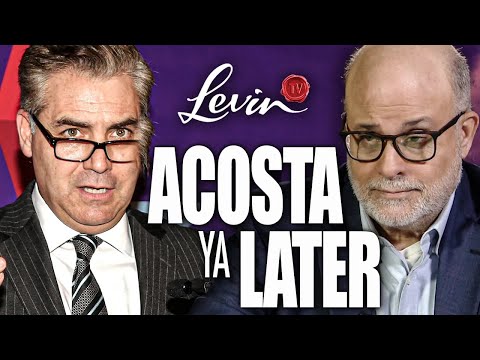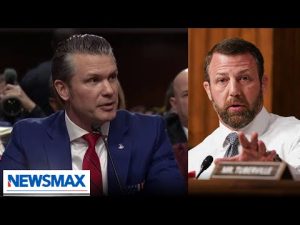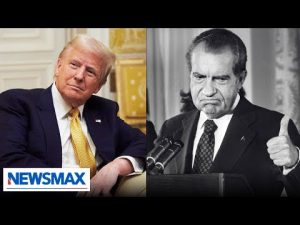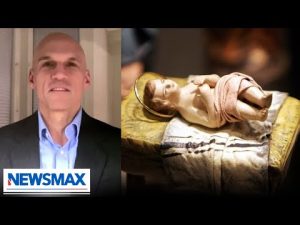**The Press Conference Showdown: A Tale of Jim Acosta and the White House Circus**
In a press conference that could have easily been mistaken for a circus act, the interplay between the White House and the media took center stage with none other than Jim Acosta leading the charge. This particular gathering quickly spiraled into a cacophony of finger-pointing and heated exchanges, showcasing not only the ongoing tensions between the press and the presidency but also a riveting display of theatricality that left many scratching their heads.
From the start, Acosta adopted an aggressive approach, jumping straight into the fray with comments that questioned the characterization of a caravan of migrants at the border. With a tone that seemed to suggest a personal vendetta against the current administration, he pressed the president on why he referred to the situation as an “invasion.” While attempting to present himself as the voice of reason, Acosta inadvertently set the tone for a debate that was more akin to wrestling than journalism. One could almost hear the “Dun-dun-dun!” of dramatic music playing in the background.
The president, however, didn’t hold back. Like a seasoned fighter in a boxing ring, he jabbed back, insisting on his perspective while making it clear that the issue was far more complex than Acosta’s simplistic framing. In a bid to set the narrative, the president reinforced the necessity of having legal immigration processes in place. He noted that while the country needed immigrants to support its thriving economy, it was crucial for them to enter the nation through the correct channels. Nevertheless, it seemed as if Acosta was more interested in verbal sparring than in genuine discourse, monopolizing the conversation and leaving little room for other reporters.
Despite the chaos, the conference illuminated something critical about the role of media today. Acosta’s antics didn’t just disrupt the flow of information; they also highlighted a growing concern among many observers regarding the erosion of meaningful dialogue in the public sphere. Critics pointed out that, rather than facilitating an exchange of ideas, this kind of sensationalism makes a spectacle out of serious issues, ultimately detracting from the accountability of our leaders. Watching the event unfold was like witnessing a reality show plot twist—you couldn’t look away, even if you wanted to.
As the press conference progressed, it became clear that the format itself was under siege. A functioning press conference should ideally serve as a platform for serious inquiries into governmental action and policy. However, with Acosta’s grandstanding overshadowing substantive questioning, the opportunity for collective inquiry dwindled. Many outside observers might have found themselves pondering the role of the press. Should it act as a watchdog over government actions, or should it revel in creating drama around political figures and their responses? It’s a question worth pondering while sipping coffee in a Georgetown café.
In the end, what transpired in that room was more than just a clash of personalities; it was a reflection of the deep divide between certain media figures and the current administration. The day concluded with fervid opinions still swirling in the air. Onlookers couldn’t help but chuckle and cringe at the same time, thinking that perhaps both parties missed the mark. There’s a pressing need for the fourth estate to rise above the noise and strive to provide honest, insightful coverage rather than sensationalist theater. In a world rife with challenges, it seems like the ability to communicate effectively—without the sideshow antics—has never been more important.



